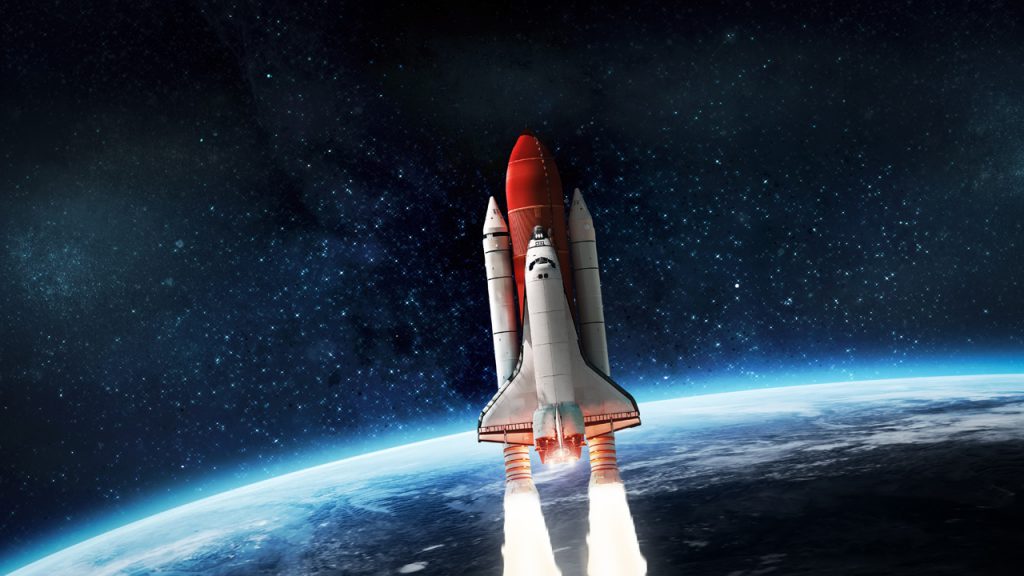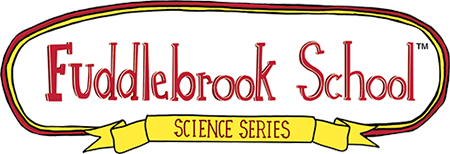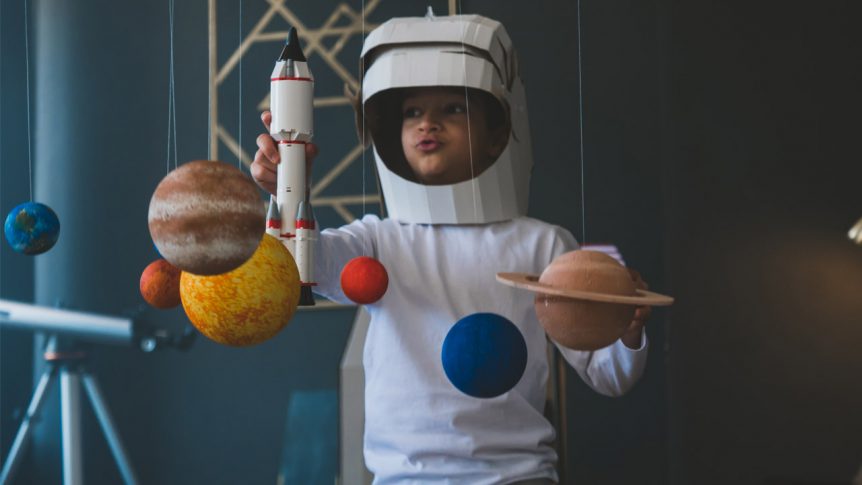Unlike the first space race that allowed only a few people to reach space the current “space race” is a commercial venture hoping to entice anyone with enough money to buy a ticket.
Reaching the “edge of space” is more possible now than ever before. How will passengers know that that they have left Earth’s atmosphere and are truly reaching space? The edge of space (or the end of the Earth’s atmosphere) is defined as the Kármán line which is 62 miles (100 kilometers) above Earth’s surface.
For entrepreneurs like Jeff Bezos and Richard Branson, making it to the edge of space will make or break their latest ventures. “The bottom line is they’re selling the same thing. They’re selling about three minutes of weightlessness and flights out of the atmosphere,” CBS News senior space analyst Bill Harwood reported.
But is space exploration more than just a rich “boys club?”

Many innovations in fields ranging from metals to medicines are the result of space exploration. Some applications — like ceramic coatings in our kitchens, air purification systems, smoke detectors, and scratch-resistant glass — are already part of our daily lives.
Materials tested in space, under unique conditions that are difficult to replicate on Earth, can help us to develop stronger, lighter, higher-performance products. One of the experiments conducted by French astronaut Thomas Pesquet of the International Space Station (ISS2), for example, involved testing innovative materials designed to prevent bacterial growth. These new materials have considerable potential for public health and safety applications in hospitals, public transport and the food industry. The current COVID-19 pandemic brings the importance of this kind of research into sharp focus.
The Moon, because of its dominant presence, is a great way to get students excited about space. In The Case of the Vanishing Moon, students can follow the Fuddlebrook bunch as they learn about the phases of the Moon and its relationship with sunlight. Demonstrate the Moon Phases–Fuddlebrook Style using chocolate cream sandwich cookies to help students understand the different phases while also having a sweet treat! Or try the great STEM activity, Herman’s Rocket Launch
But don’t let your students’ curiosity about space stop there! Students can also learn more about space and the planets in The Substitute from Jupiter. Your class will uncover the mystery of where the substitute teacher is from as they learn more about our solar system. Then with Mrs. Wigglebum’s “Out of This World” Planets demonstration students will use rolls of toilet paper, pictures of planets, and the Sun to demonstrate the distance from the Sun for each planet.
For more fun science check out www.quirkles.com or www.fuddlebrook.com.

